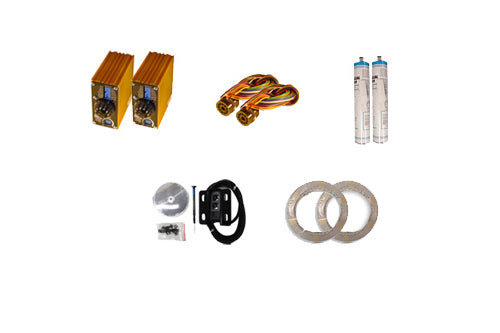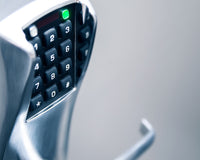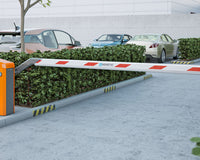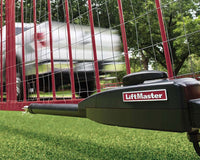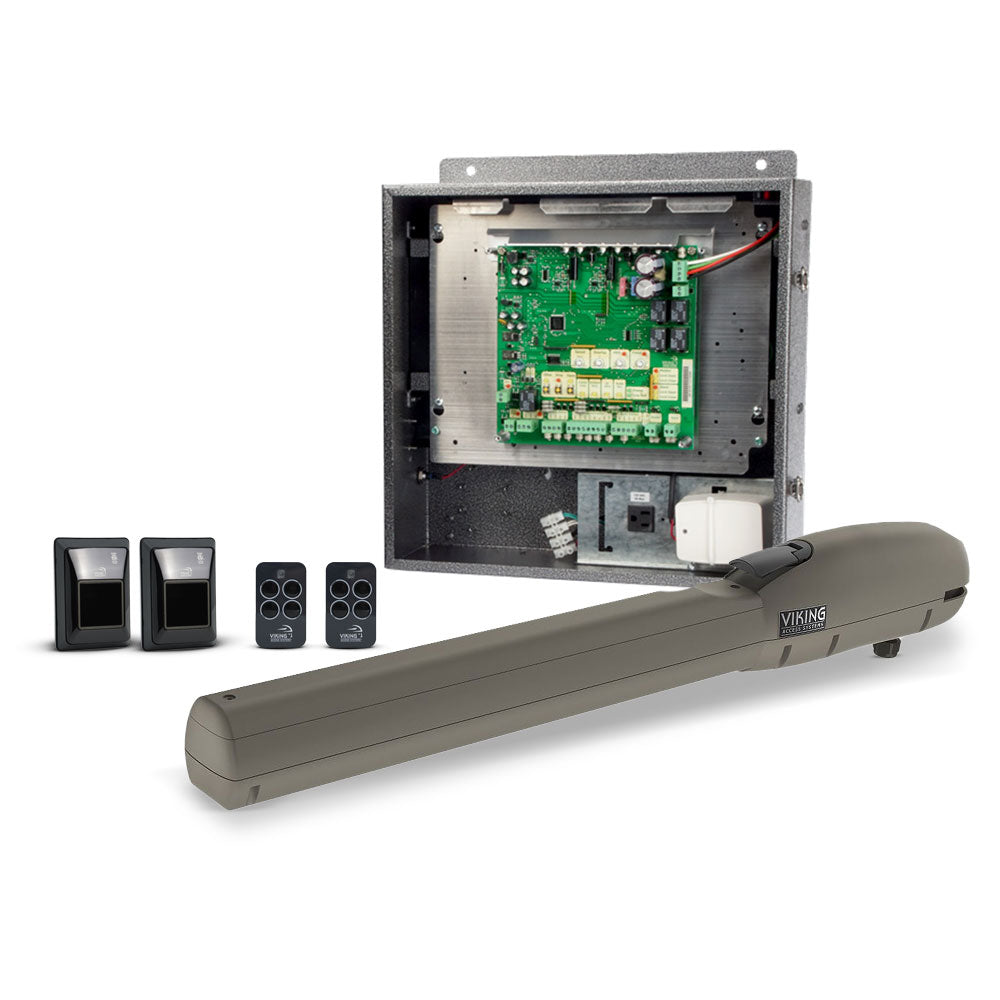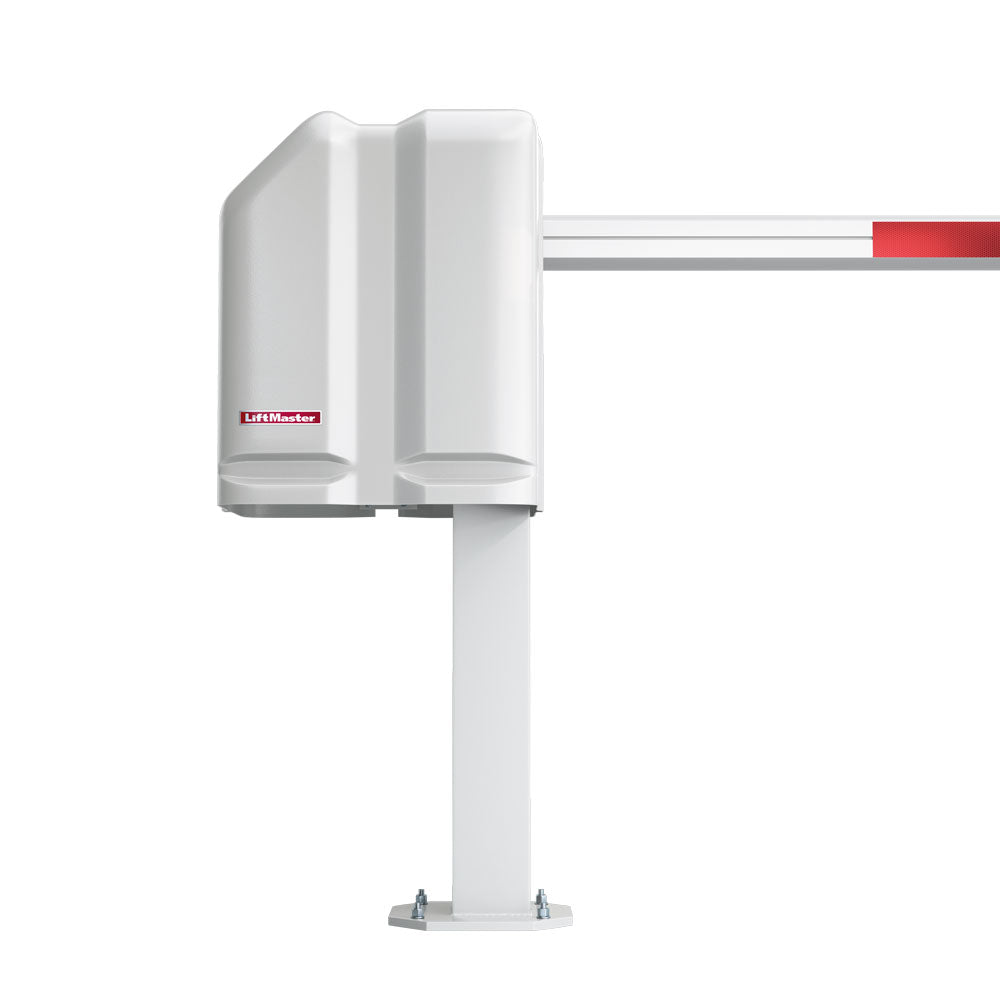Driveway loops are an integral part of most automatic gate systems. They are used to command the gate to open or prevent it from closing on a vehicle in the path of the gate. They can also be used for peripheral activities such as turning on driveway lights or signaling a residence that a vehicle has arrived.
Exit Loop – Typically placed 60 feet or more away from a gate, but can be placed as little as 4 feet away from the gate. When tripped, they cause the gate to open.
Safety Loops (also called Reverse Loops) – Typically placed close to the gate (4 or 5 feet away) on the inside and outside. If tripped when gate is closing, will cause the gate to re-open. For instance, if a gate is closing and a car passes over a safety loop.
Shadow Loops (also called Center Loops) – Used for large swinging gates when the arc of a gate is longer than a typical car. Placed under the swinging portion of the gate. The shadow loop acts like a safety loop but is deactivated when the gate begins to close to prevent the metal in the gate from tripping a re-open occurrence.
Entry Loops – Placed on the outside of the gate, entry loops are used to command the gate to open in situations where security is not a concern. For instance, when a gate is only used as a barrier to keep deer out. Entry loops can also be used to turn on driveway lights or send a signal to a house that a car has arrived.
So, how do driveway loops work? When direct current (DC) passes through a wire, an electromagnetic field (EMF) is created around the wire. When the DC current is removed, the electromagnetic field similarly disappears. With driveway sensing loops, a loop detector is used. The loop detector is a small device that plugs into the main circuit board of the gate operator. The loop detector creates an alternating current (AC), which changes electrical current direction at a predefined frequency. When the current changes direction in the loop, the magnetic field that is collapsing pushes against the new field that is being created. This is a form of resistance called inductance, which is measured in henrys. Many different factors affect the inductance of a loop including the wire size, number of loop windings, distance of loop from loop detector.
The loop detector, the brains of the loop sensing device, sets the amount of AC current flowing through the loop, as well as detects when a metal object – over the loops electromagnetic field – absorbs some of the EMF that is collapsing. When a metal object absorbs some of the collapsing EMF, it lowers the resistance in the wire of the loop which causes in increase in the electrical current flow in the wire which is detected by the loop detector.
A common misconception with regards to sensing loops is that the metal that is detected must contain magnetic properties, such as steel that contains iron. This is untrue, as aluminum is also detected by sensing loops. The reason is that aluminum is electrically conductive and as such has and effect on the inductance in the loop. Another misconception is that the loops are pressure sensors, sensing the weight of a vehicle. This also is untrue.

